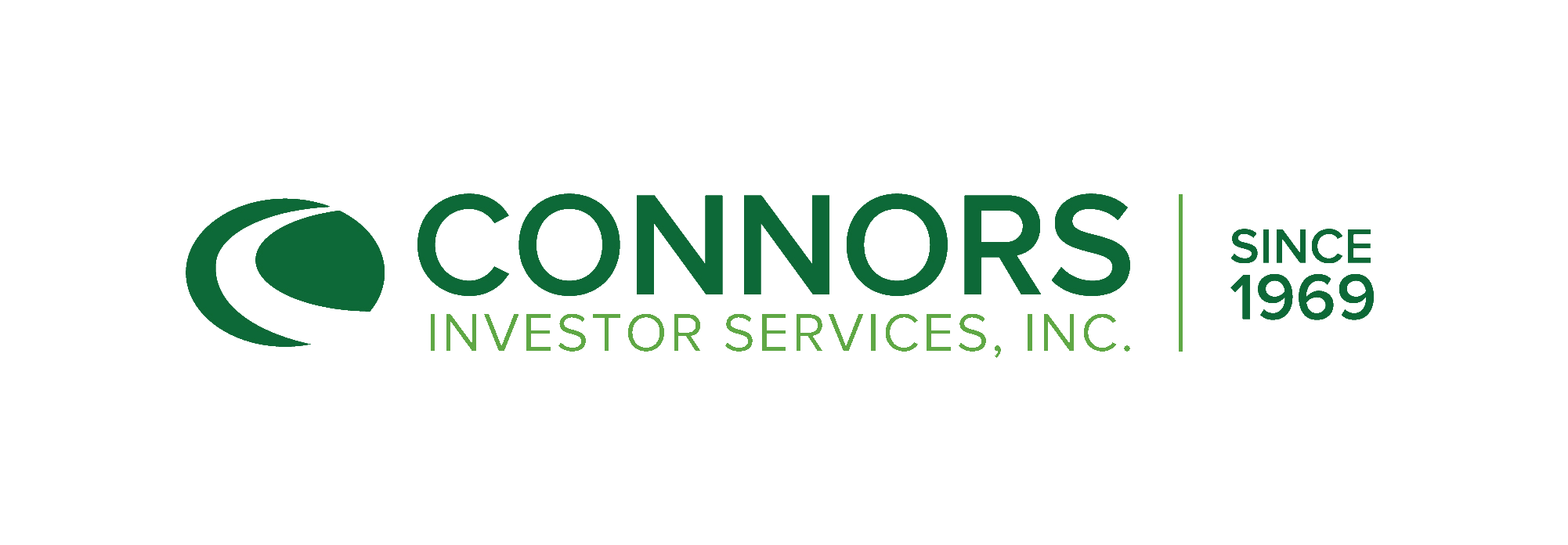2024 Q2 Small Companies Commentary
by Brian G. McCoy, CFA, on October 16, 2024
Performance Attribution
During the second quarter, markets continued to evaluate evidence that suggests higher interest rates may finally be taking effect as data indicated economic growth continued albeit at a more moderate rate. Downward revisions placed the 1st quarter Real Gross Domestic Product (GDP) growth at 1.4%, while the Atlanta Fed’s GDPNow forecast puts the second quarter growth at 2.7%, a downward adjustment from its prior 3% estimate. This moderation comes partly from reduced government spending, lower exports, and slower consumer spending, as higher interest rates seem to finally be having an effect.
Recent developments also suggest a nuanced narrative around inflation. The most recent release of the Fed’s favored gauge of inflation, the Core Personal Consumption Expenditures Price Index (Core PCE) was up only 0.1% in May, which was the smallest increase in six months. The year-over-year rate of 2.6% continued to be above their stated target of 2%, while the Core Consumer Price Index (CPI) of 3.3% is also above. The numbers continue to reflect a moderate downward trend, which has pushed expectations for the first rate cut later in the year.
Reflective of the uncertainty, equity markets continued to be led by large companies as the incremental broadening of market participation seen during the prior quarter reversed and the biggest companies reclaimed their dominance. As of the end of the quarter, the top ten names in the S&P 500® represented 37% of the index. This disparity is reflected in the S&P 500® Equal Weighted Index return of -2.63%, almost 7% lower than the standard S&P 500® Index (a market-cap weighted) return of 4.28%. Like the equal-weighted index, smaller companies also declined as the Russell 2000® returned -3.28%.
Against this backdrop, our small company’s portfolio outperformed the index with a modestly positive return.
For the first quarter, our top three contributors to performance within the portfolio were as follows:
Zeta Global (ZETA), a consumer intelligence and marketing automation software company, led the portfolio on strong fundamental trends. The company has reported several quarters of continued 20% + revenue growth as it has expanded with a growing number of customers and continues to land new logos. Cash flow growth and margin expansion are tracking above management’s guidance. We believe ZETA should deliver continued growth as customers increasingly recognize their market-leading capabilities led by proprietary consumer intelligence with real-time, actionable automated marketing insights.
Credo Technology (CRDO), focused on delivering high-speed connectivity solutions, was also a top contributor during the quarter. The company has a product and IP portfolio that addresses speed and bandwidth challenges driven by AI trends. Though a highly competitive market, CRDO has sales with key hyper-scale (data center) customers such as Microsoft (MSFT). We believe their customer-focused design approach combined with IP that delivers high speed at lower power should support continued participation in this high-growth, secular trend.
Artivion (AORT), a cardiac and vascular medical device company, has been a long-term holding in the portfolio and rounded out our top drivers of positive performance. The company has a growing market share position in the mechanical heart valve market and a product portfolio, expanded by acquisitions that is expanding its total addressable market. We believe the management team continues to execute well and should continue to drive positive fundamental growth.
Holdings within the portfolio which were negative contributors of performance were as follows:
Cryoport (CYRX), a provider of logistic services and products to the biotech industry, declined during the quarter on below consensus results. Management maintained their full-year revenue guidance as they expected improving trends in biotech funding. Having grown their global network through multiple acquisitions, management is focused this year on efficiencies and synergies to improve fundamentals. Though we see the company as a ‘picks ‘n shovels’ way to participate in the biotech sector, we are closely evaluating company progress and will need to see definitive progress in the coming months.
AMN Healthcare (AMN), a provider of healthcare staffing services, also weighed on the portfolio’s return. The company has provided solid returns in prior years, during which we trimmed and locked in performance. Still, it has been more challenged as the industry normalizes from pandemic-influenced factors. Management has indicated a cautious outlook that demand trends are bottoming while expressing confidence in their competitive position. Given our favorable view of management, secular trends in healthcare staffing demands, and valuation below pre-pandemic years, we currently remain optimistic looking forward.
Healthcare Services Group (HCSG), a provider of laundry and dining services to the healthcare industry, was also a negative contributor to performance. The company has been challenged with inflationary trends and challenges within the nursing facility industry. Though periodic client restructurings and a proposed regulatory staffing rule are concerns, management has made constructive efforts to get their cost of services better aligned and guided to improving revenue and cash flow projections.
Activity During the Quarter
We exited our position in Cambium Networks (CMBM) as state recipients of Federally funded broadband access funds seem to be initially focused on fiber rather than fixed wireless. We also sold our positions in Apogee Enterprises (APOG) and The Hackett Group (HCKT). Both were solidly profitable positions for the portfolio over several years. We felt possible challenges within the non-residential building industry could impact APOG. Corporate focus on spending around AI and moderating economic growth influenced our exit from HCKT. Additional selling activity was focused on booking solid gains from rapid price increases in Zeta Global (ZETA) and Semtech (SMTC).
On the buy side of the ledger, we added to existing positions in Calix (CALX), Cryoport (CYRX), and Trupanion (TRUP). In the technology sector, we added Cellebrite (CLBT), a software platform that uses AI for legally sanctioned intelligence discovery and analysis. We also initiated a position in Albany International (AIN), an industrial company focused on the advanced textiles and materials processing industry with proprietary 3D weaving technology.
We begin the second half of the year overweight Healthcare, Consumer Staples, Technology and Energy. We are in-line with our benchmark in Communication Services and Utilities while underweight Financials, Consumer Discretionary, Materials, Real Estate, and Industrials.
General Outlook, Current Positioning/Strategy
As we look forward, we believe markets will continue to be dominated by three themes: inflation and its effect on the timing of interest rate cuts, economic growth, and Artificial Intelligence (AI).
Though a moderation in the inflation rate continues, the Federal Reserve continues to be cautious on interest rate cuts due to the unexpected spikes earlier in the year. As fixed-income markets adjust their forecasts in response to economic data and comments from the members of the Fed, small companies continue to be acutely influenced. Broadly, companies within the Russell 2000® have more exposure to debt, particularly shorter floating rates. Thus, delayed rate cuts continue to influence borrowing costs, squeezing profit margins and dampening stock performance. We have referred to this situation as a simmering pot of water where higher rates serve as a lid. Once the lid is lifted, meaning clarity on the timing of lower interest rates, small companies may again come back into investor favor.
Also influencing the timing and degree of rate cuts, is economic growth. An often-referenced indicator of recession risk is an inversion of the yield curve. Depending on which spread one looks at, we are about 20 (10s-to-Treasury bill) to 24 months (10s-to-1yr) post-inversion, which is about the longest experienced without a recession as our economy continues to expand, though at a moderate pace. The Atlanta Fed GDP NowCast Index suggests second-quarter growth of 1.6%, while the corresponding index from the New York Fed indicates 1.9% growth. Current estimates for the full year of 2024 put GDP growth at 2.3%, still suggestive of a moderately expanding economy.
Employment data seem to support this consensus, though trends are moderating as jobless claims have increased while job openings have declined. However, as of now, this backdrop looks to be normalizing back to pre-pandemic levels when GDP growth was 2.5% to 3% between 2017-2019. Additionally, wage growth is moderating with the recent US Average Hourly Earnings Index posting a 4.1% yearly gain. This data has been declining over the past two years but is still above the levels seen before all the disruptions.
In May, U.S. retail sales experienced only a minor uptick of just 0.1% from April, landing below the anticipated 0.2% rise, indicating a tightening of consumer wallets amidst high inflation, and climbing interest rates. However, this data, too, looks to be a moderation towards levels prior to the pandemic. As we are evaluating this data and more indicators, currently the moderation of activity seems to be towards a more ‘normal’ growth level. In total, it appears supportive of a couple of rate cuts, though continuing growth may push the timing further out.
Then, there are rapid advancements and corporate focus on investing in and utilizing AI. The rapid advancements in this breakthrough technology have captured investor interest, and rightly so, as it has the possibility to weave its way into many facets of our daily lives and drive productivity enhancements for corporations. Much like in the late 90s as the internet began to transform communication and access to information, AI is transforming our ability to evaluate vast amounts of data and put into actionable insights, which is increasingly automated.
Companies are reprioritizing spending to capture the benefits of this technology which is driving investor interest in the’ Magnificent Seven.’ Spending on data centers, semiconductor chips, and software is spurring the fundamental growth of the largest companies. Some have suggested an analogous situation to the tech bubble of the late 90s. However, we do not concur with this conclusion. Though there may be similarities, today the companies have actual earnings and cash flow and are not being valued on such spurious measures as clicks on a website.
Beyond the current narrow focus, there are companies benefiting from spending on AI or are utilizing it to provide services and solutions to other corporations. Our holdings, like Credo Technology CRDO), Semtech (SMTC), and Zeta Global (ZETA), stand to benefit from high-speed connectivity solutions crucial for AI's operation to the development and implementation of AI-driven marketing automation software.
Beyond this dominant theme are others that offer potential opportunities, such as investment in our domestic infrastructure, on-shoring manufacturing, cybersecurity, and energy efficiency. We believe there are also niche companies within industries that may be experiencing macro challenges that may provide compelling returns over the long term as they capture market share and participate to a greater degree once their industries return to growth.
As we consider our existing holdings and potential candidates, our team closely monitors economic trends and the effects of interest rates on profitability and growth. Though our domestic growth continues, we are attentive to new data that may suggest further moderation, such as manufacturing and services data, to which small caps are correlated. This leads us to continue to balance our offensive and defensive positioning while monitoring valuations and estimated growth on both an absolute and relative basis to the broader small-cap universe.
Our team has highlighted in prior commentaries that we are working to be more active in decreasing or increasing our position weights to consider near-term challenges and/or extended valuations balanced with longer-term opportunities. The execution of these portfolio actions continues within the long-held fundamental aspects of our strategy developed over five decades ago as we strive to balance conviction with market realities.
In conclusion, we acknowledge the continuing discrepancy in performance between large and small companies. The Russell 2000®, representative of small companies, has had periods of positive relative strength to the S&P 500®, but these have been fleeting. As mentioned above, the lid remains on that simmering pot despite attractive valuations. Further, the concentration of performance and investor interest in such few companies does have similarities to prior periods, which ultimately reversed. The timing and catalyst for this shift to a broadening market is unknown, but in our opinion, inefficiencies exist within the market on which we are seeking to capitalize.
Thank you and enjoy the summer.
Important Disclosure Information
Please remember that past performance may not be indicative of future results. Different types of investments involve varying degrees of risk, and there can be no assurance that the future performance of any specific investment, investment strategy, or product (including the investments and/or investment strategies recommended or undertaken by Connors Investor Services, Inc. [“Connors]), or any non-investment related content, made reference to directly or indirectly in this commentary will be profitable, equal any corresponding indicated historical performance level(s), be suitable for your portfolio or individual situation, or prove successful. Due to various factors, including changing market conditions and/or applicable laws, the content may no longer be reflective of current opinions or positions. Moreover, you should not assume that any discussion or information contained in this commentary serves as the receipt of, or as a substitute for, personalized investment advice from Connors. Please remember, if you are a Connors client, to contact Connors, in writing, if there are any changes in your personal/financial situation or investment objectives for the purpose of reviewing/evaluating/revising our previous recommendations and/or services or if you would like to impose, add, or to modify any reasonable restrictions to our investment advisory services. Unless, and until you notify us, in writing, to the contrary, we shall continue to provide services as we do currently. Also, remember to advise us if you have not been receiving account statements (at least quarterly) from the account custodian. Connors is neither a law firm nor a certified public accounting firm, and no portion of the commentary content should be construed as legal or accounting advice. A copy of the Connors’ current written disclosure Brochure discussing our advisory services and fees continues to remain available upon request or at www.connorsinvestor.com. Historical performance results for investment indices, benchmarks, and/or categories have been provided for general informational/comparison purposes only and generally do not reflect the deduction of transaction and/or custodial charges, the deduction of an investment management fee, nor the impact of taxes, the incurrence of which would have the effect of decreasing historical performance results. It should not be assumed that your Connors account holdings correspond directly to any comparative indices or categories. Please Also Note: (1) performance results do not reflect the impact of taxes; (2) comparative benchmarks/indices may be more or less volatile than your Connors accounts; and (3) a description of each comparative benchmark/index is available upon request.






